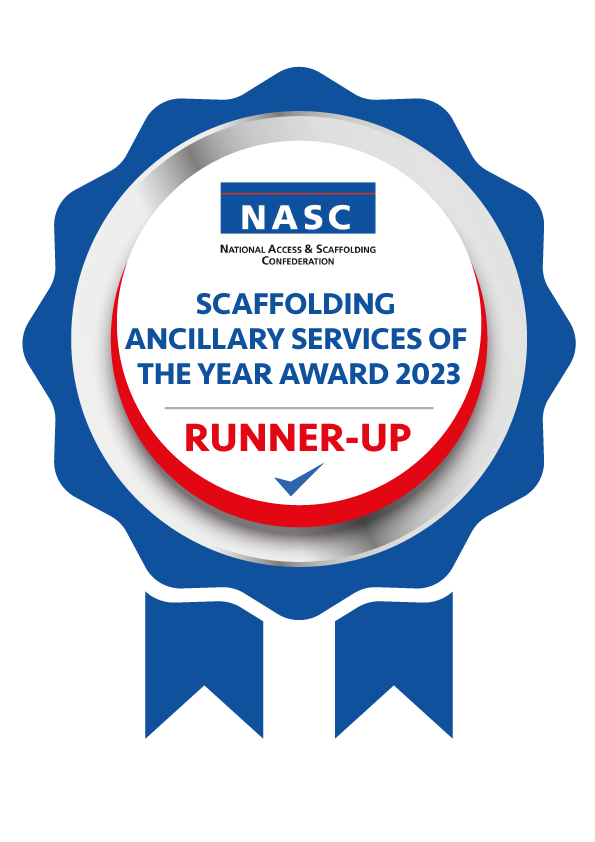5 Common Scaffolding Estimation Mistakes and How to Fix Them
5 Common Scaffolding Estimation Mistakes and How to Fix Them
Accurate scaffolding estimation is the cornerstone of any successful scaffolding project. Yet, even experienced estimators can fall into traps that lead to inaccurate bids, reduced profits, and project delays. In this post, we’ll explore five common scaffolding estimation mistakes and how you can fix them to protect your bottom line. Plus, we’ll show you how our free online cost calculators can help you avoid these pitfalls.
1. Relying on a Fixed Rate per Meter
The Mistake:
Many scaffolding companies price their services using a fixed rate per meter of scaffold. While this approach may seem straightforward, it often fails to account for unique project variables such as site access, design complexity, or varying heights.
The Fix:
Instead of relying solely on a fixed rate, adopt a dynamic pricing model that considers the specific conditions of each project. Break down your estimate into components such as labour, materials, transportation, and site-specific challenges.
Tip: Use our free online cost calculator for scaffolding projects to accurately estimate costs based on detailed project parameters. This tool helps you factor in all relevant variables, leading to more precise and profitable bids.

2. Ignoring Accurate Material Hire Costs
The Mistake:
Underestimating or overlooking the costs of hiring materials is a frequent error in scaffolding estimation. Estimators might base calculations on outdated prices or assume material availability will not be an issue, leading to unexpected expenses.
The Fix:
Always use the most current hire rates when estimating. Regularly review supplier agreements and account for fluctuations in material costs. Include a contingency buffer to cover potential price changes or delays in material availability.
Tip: Our online cost calculator makes it easy to include the latest material hire costs in your estimates. Input your data, and the calculator will ensure your estimates are realistic and your project stays within budget.

3. Failing to Account for Overheads
The Mistake:
Overheads such as office rent, insurance, and administrative salaries are often overlooked in the estimation process. Estimators who focus only on direct costs like labour and materials may price projects too low, compromising profitability.
The Fix:
Develop a standardized method for allocating overheads across all projects. Include a percentage of your total overhead costs in every estimate to ensure these essential expenses are covered.
Tip: Use our cost calculator to easily allocate overheads to each project. This ensures your estimates cover all essential costs, protecting your profit margins and the sustainability of your business.

4. Underestimating Labour Costs
The Mistake:
Labour is a major cost in scaffolding, yet it’s easy to underestimate. Factors such as overtime, travel time, and site-specific challenges can lead to higher-than-expected labour costs if not accounted for upfront.
The Fix:
Use detailed labour estimates that consider all variables, including the skill level required, expected working hours, access to site and potential overtime. Create a detailed labour schedule to ensure adequate workforce at the right times, avoiding costly delays and staffing issues.
Tip: Our labour cost calculator allows you to factor in all labour-related variables, ensuring your estimates are accurate and reflective of real-world conditions.

5. Overlooking Compliance and Safety Regulations
The Mistake:
Compliance with safety regulations is non-negotiable in scaffolding, but failing to account for these requirements can lead to underestimated project costs. Ignoring safety equipment, training, and certifications can result in fines, project delays, or legal issues.
The Fix:
Incorporate all compliance-related costs into your estimates, including safety gear, site inspections, and necessary training. Stay updated on local and industry regulations to ensure your estimates reflect the true cost of compliance.
Tip: Split out Inspection and Design costs as separate items to ensure they’re not missed, this is a handy way to ensure cost for extra inspections in the event of the project running over are made clear with the extra hire on kit!

Conclusion
Scaffolding estimation is a complex process, but avoiding these common mistakes can significantly improve the accuracy of your bids and the profitability of your projects. By moving away from fixed-rate pricing, accurately accounting for material hire, overheads, labour, and compliance costs, you can ensure that your estimates are both realistic and competitive.
Get Started Today: Use our free online cost calculators to streamline your estimation process, avoid common pitfalls, and protect your profits. These tools are designed to help you factor in all relevant costs, making your bids more accurate and your business more successful.
Investing time in refining your estimation process with the right tools is an investment in the future success of your scaffolding business. Make these adjustments today to build a stronger, more resilient operation.





